Additional Jan Day Photos
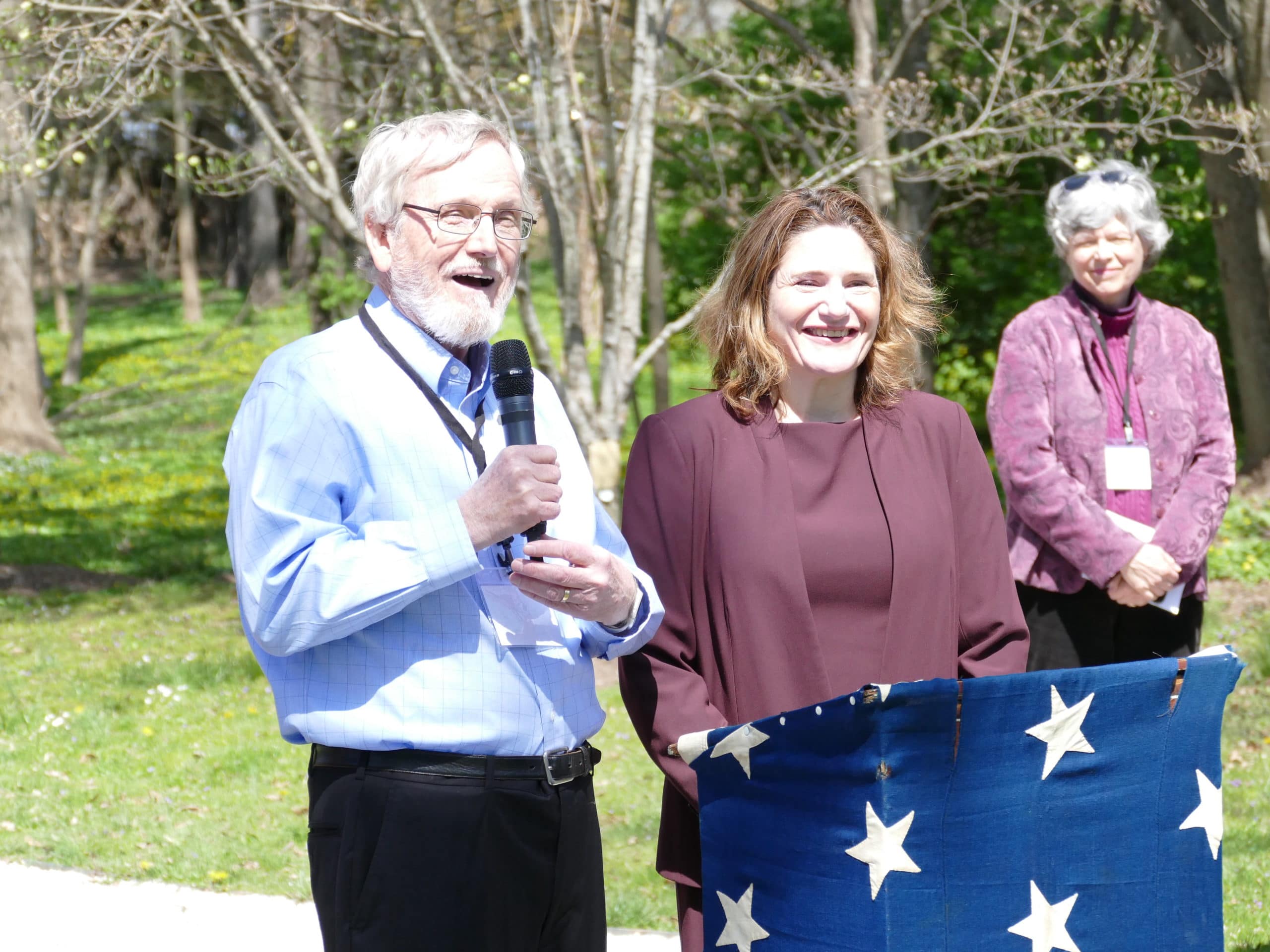
These one hundred and twenty photos are courtesy of Kevin Papa. If you use them, please credit him as the photographer.

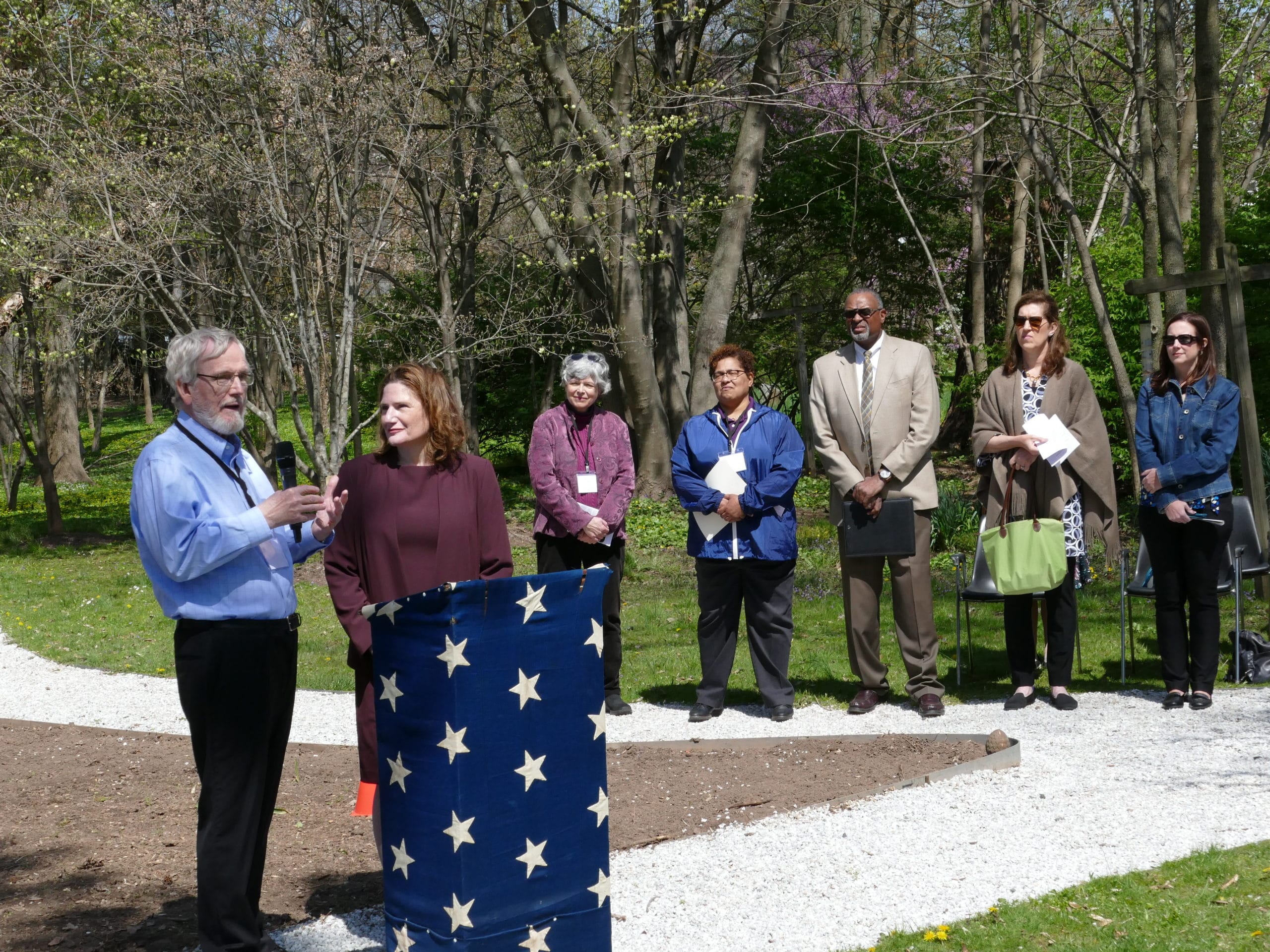

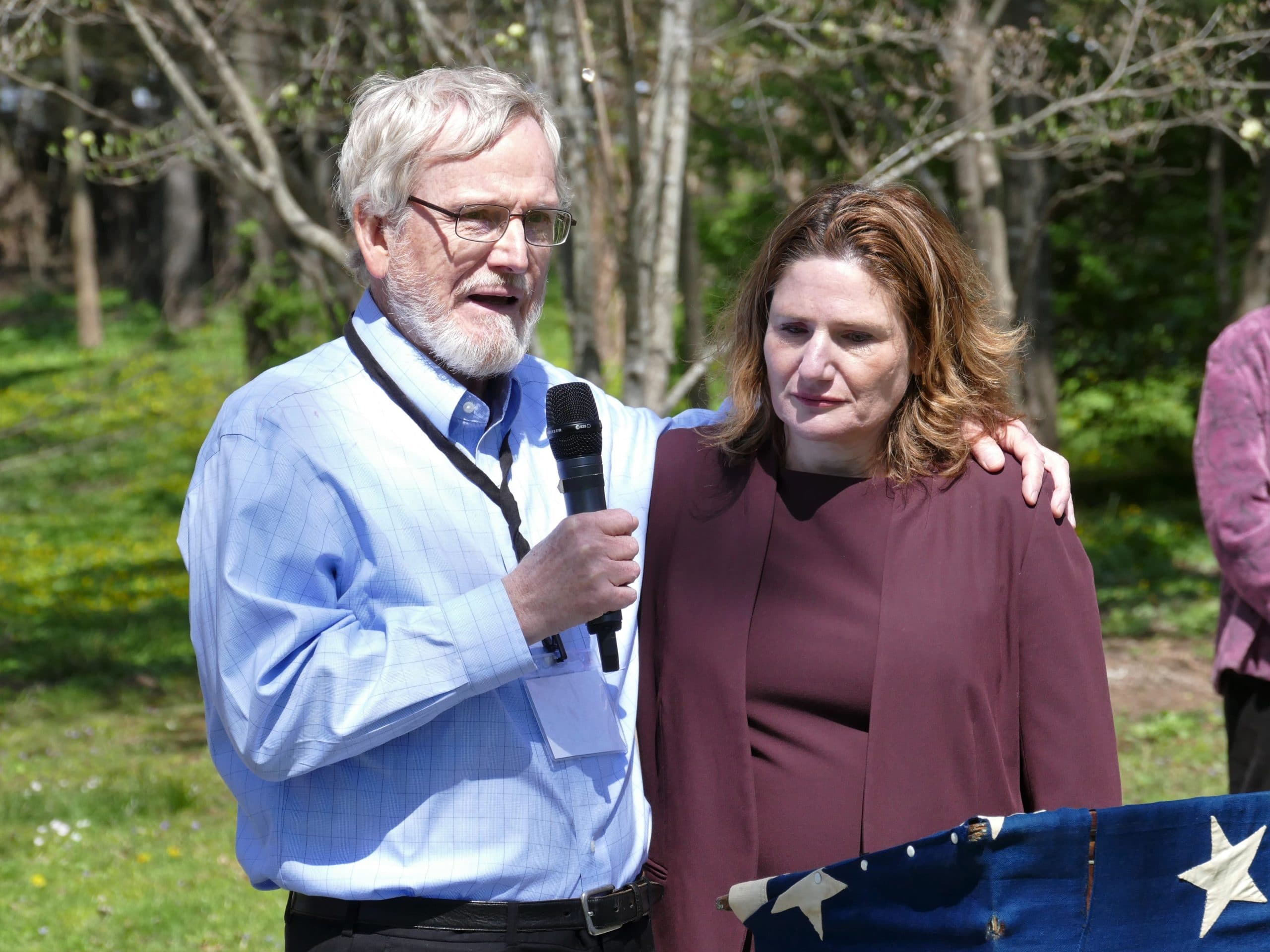
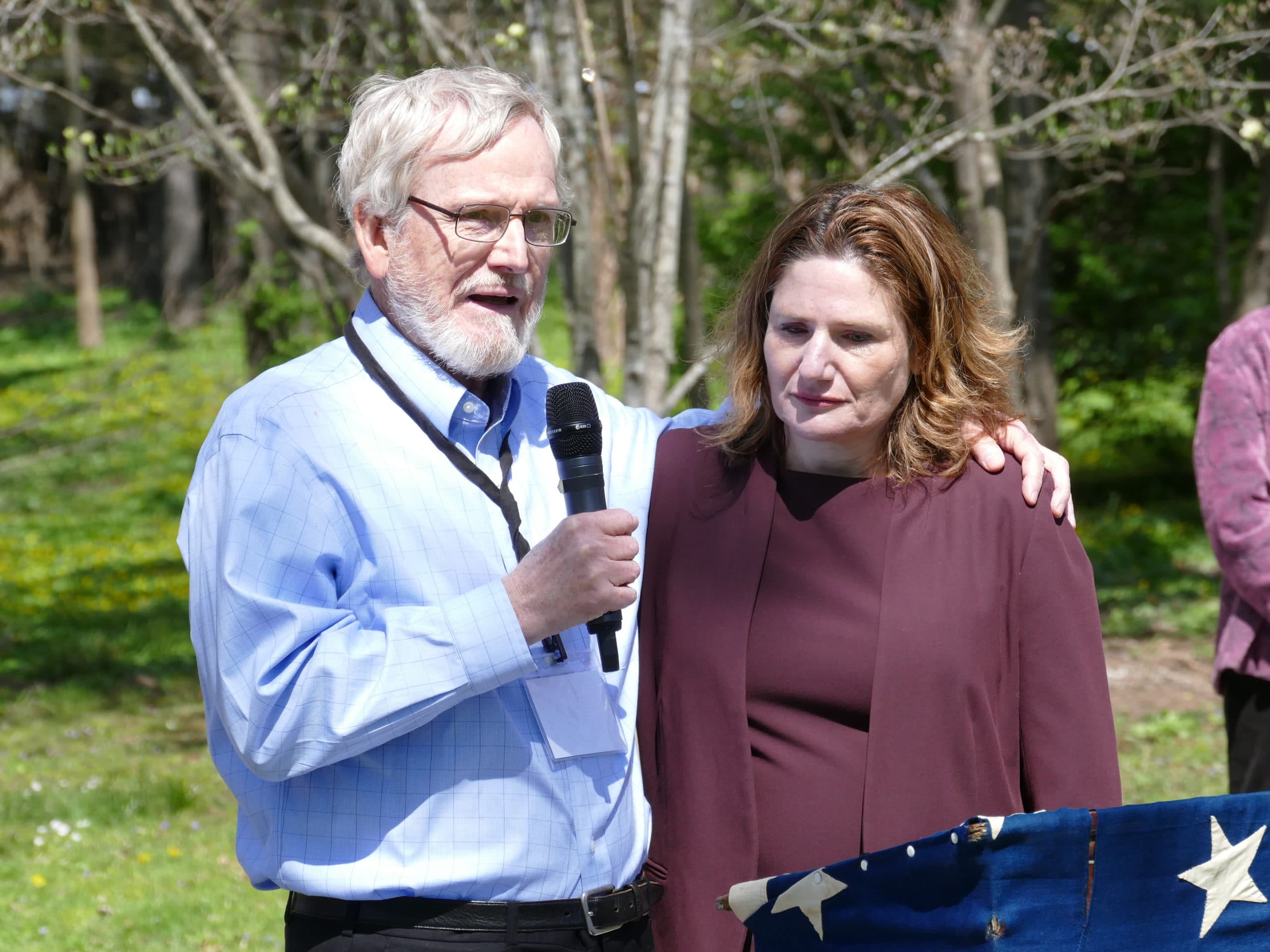

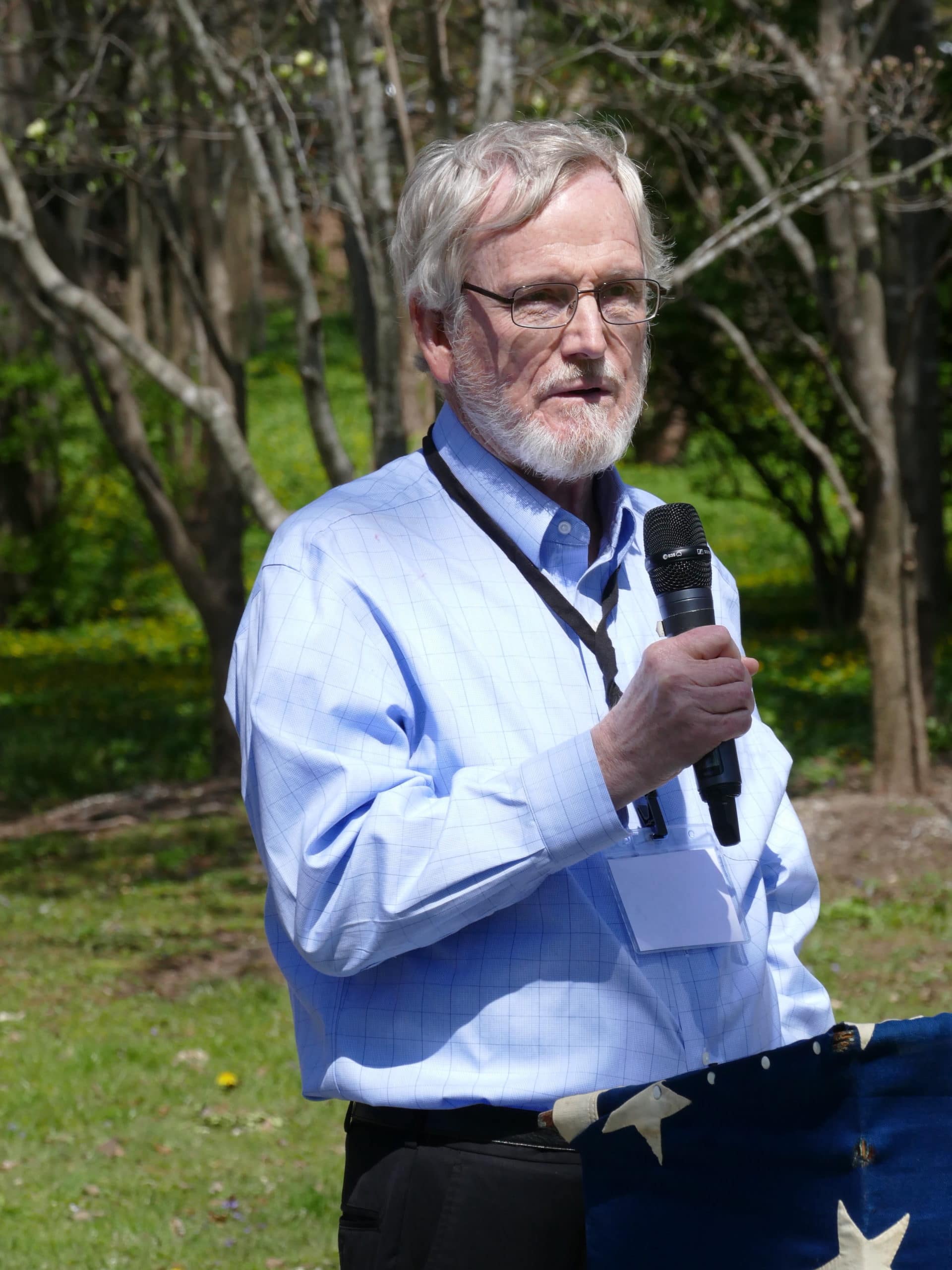
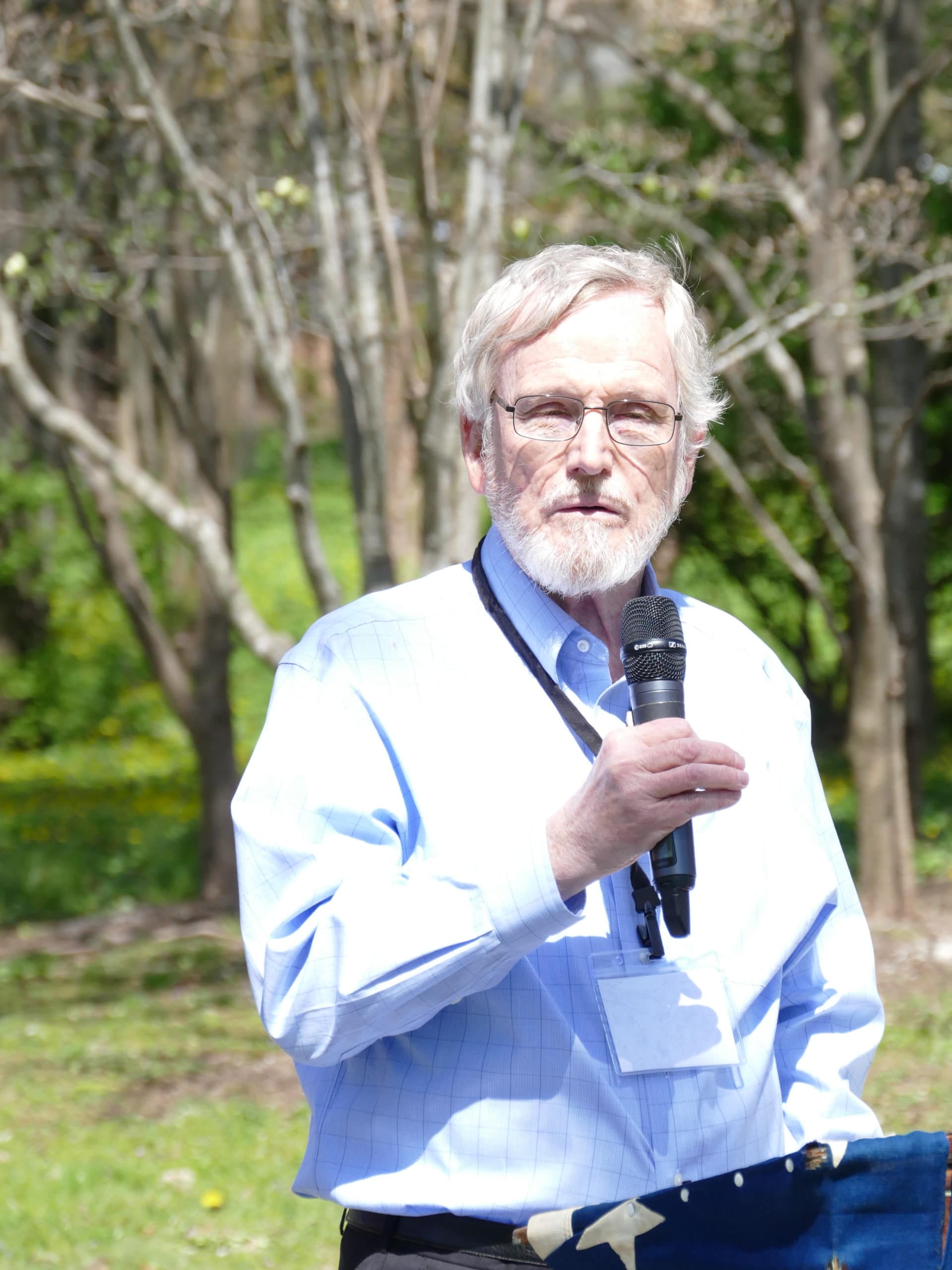
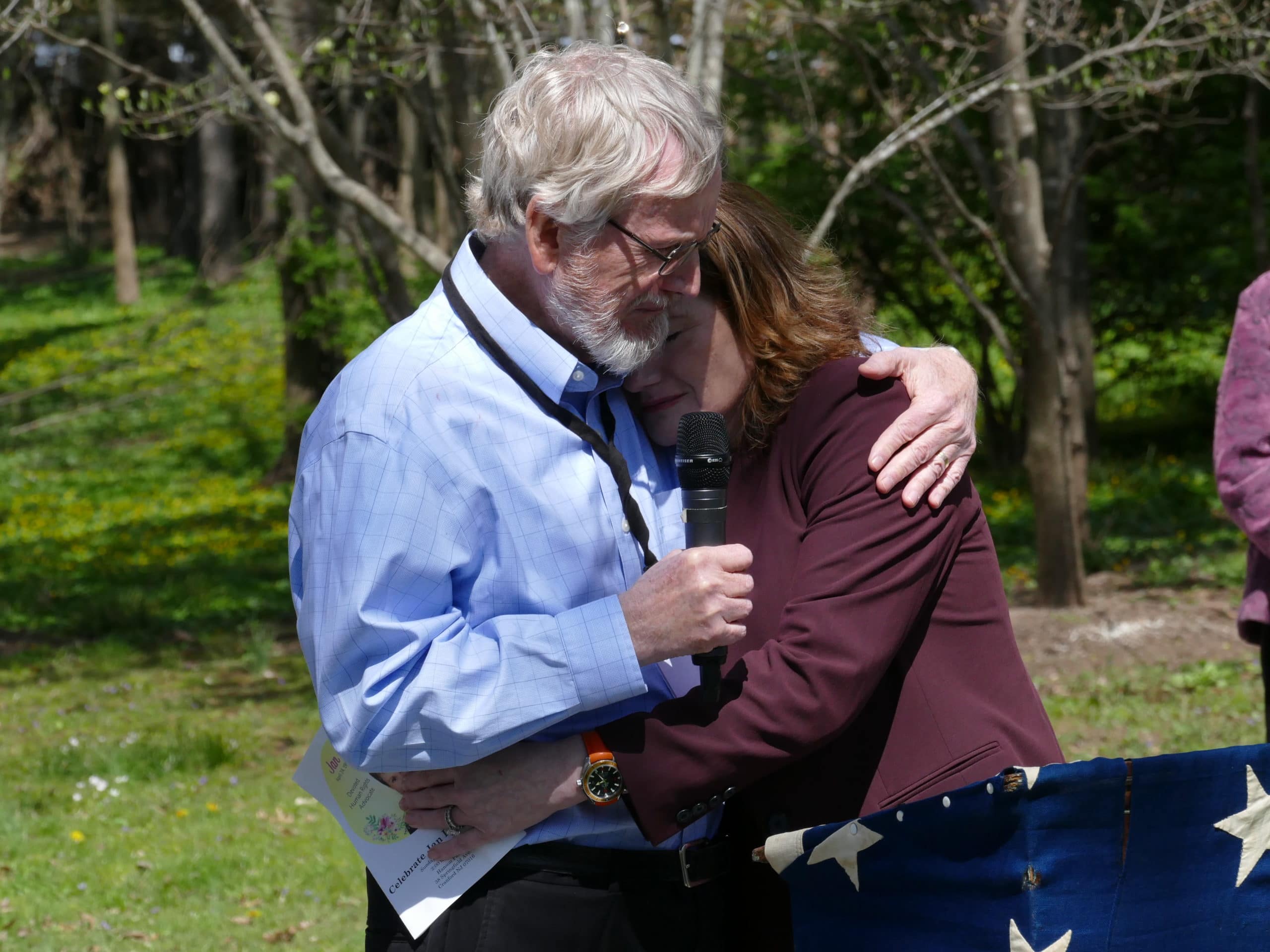
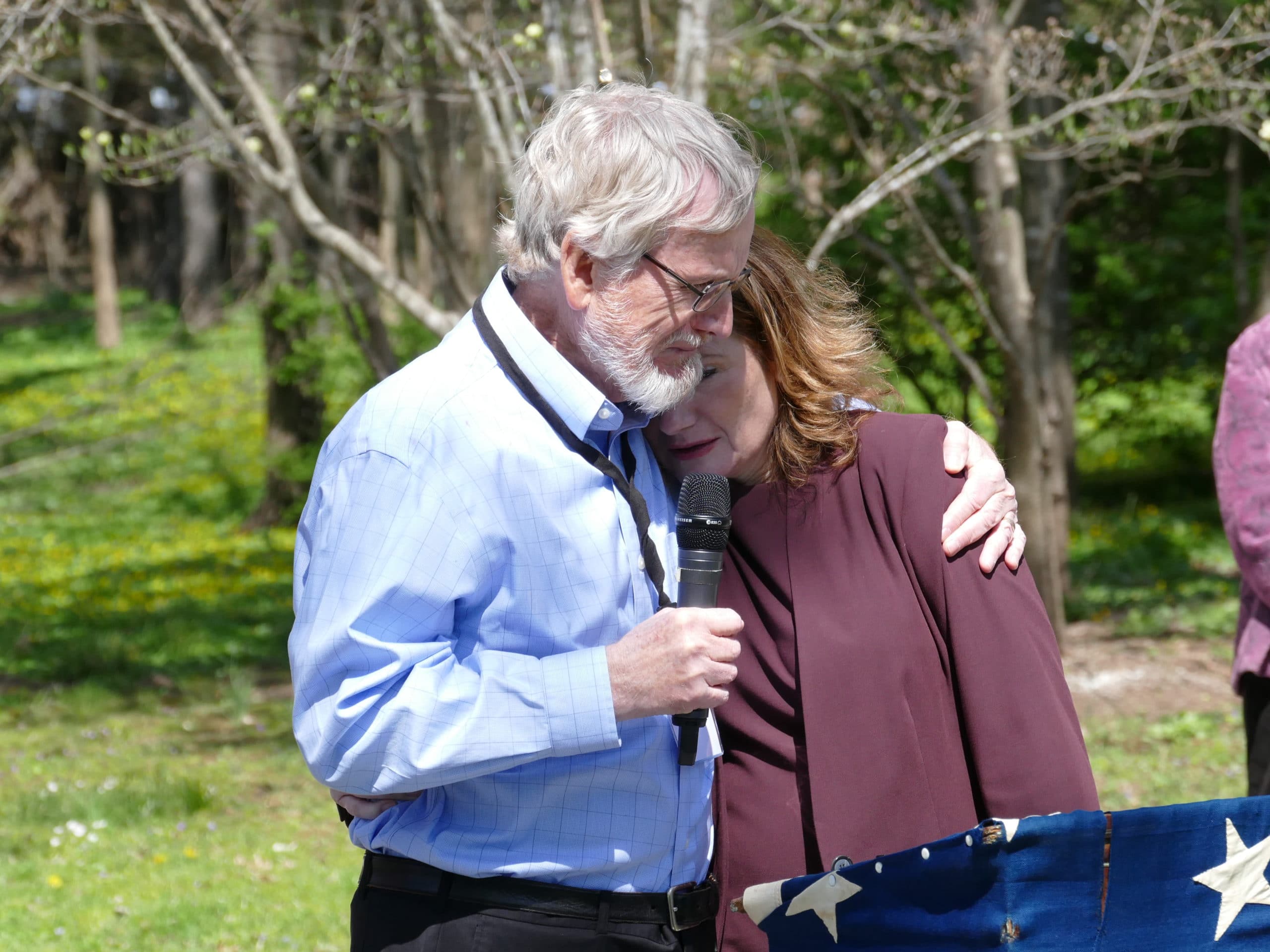
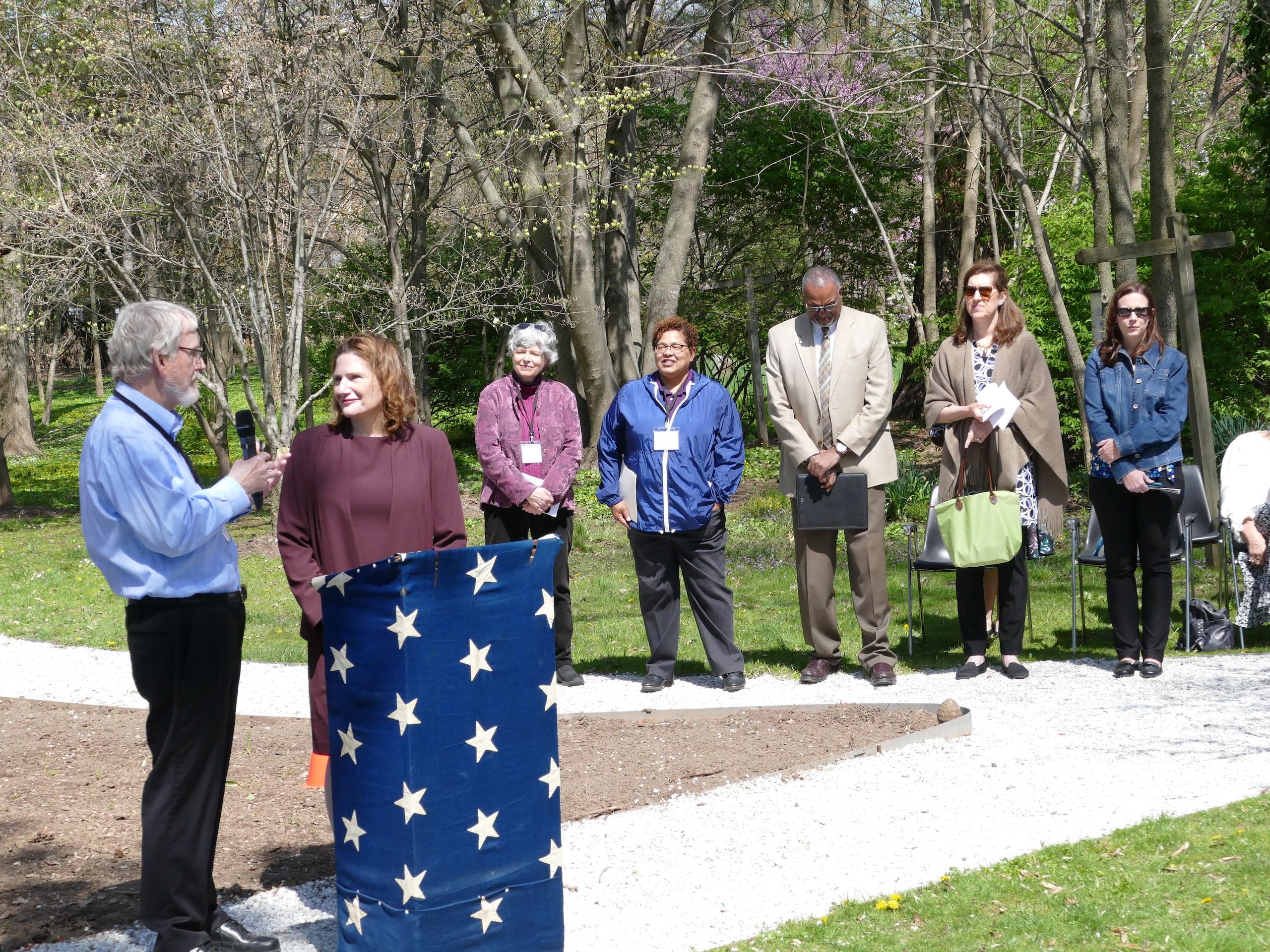
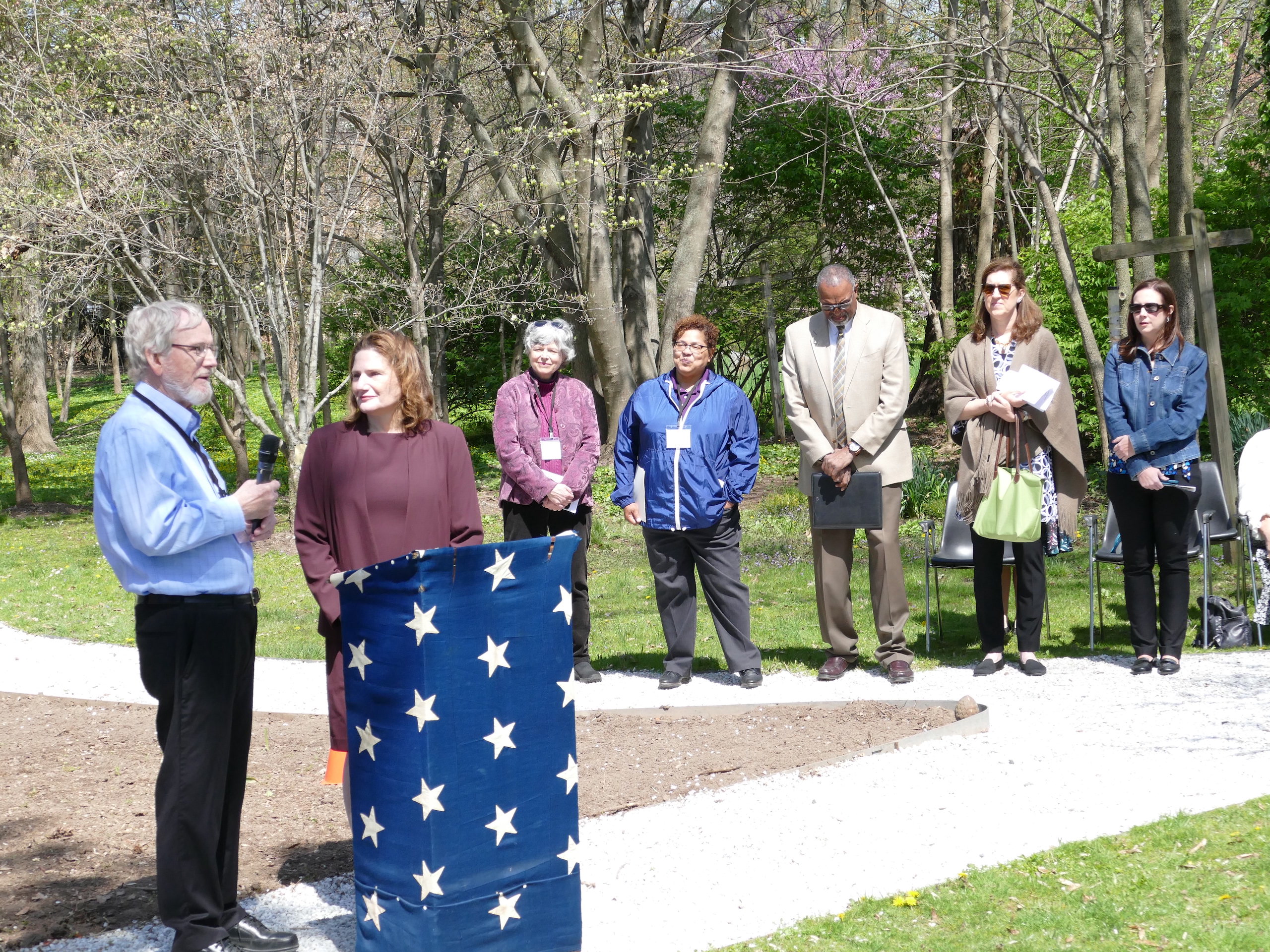

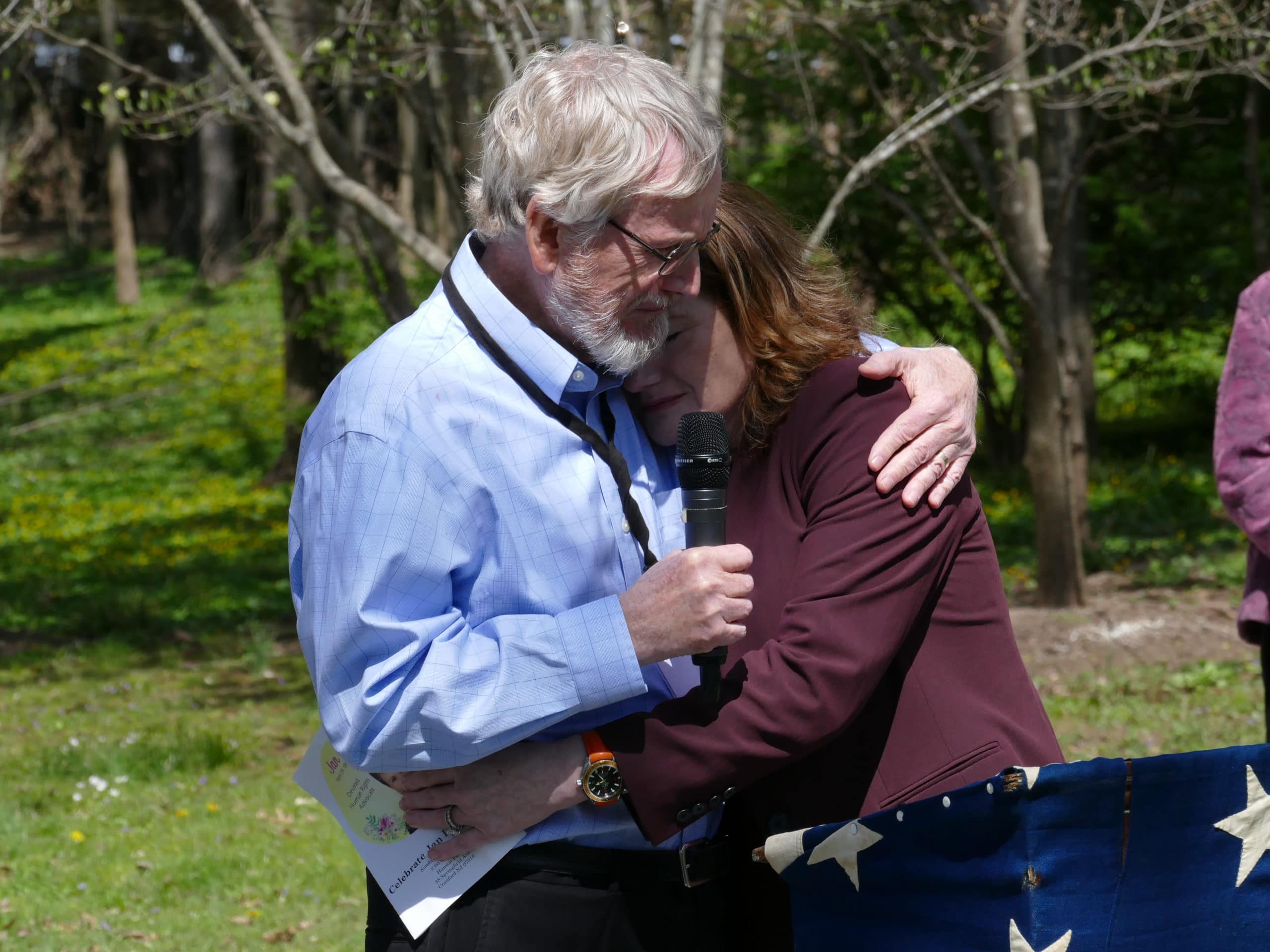
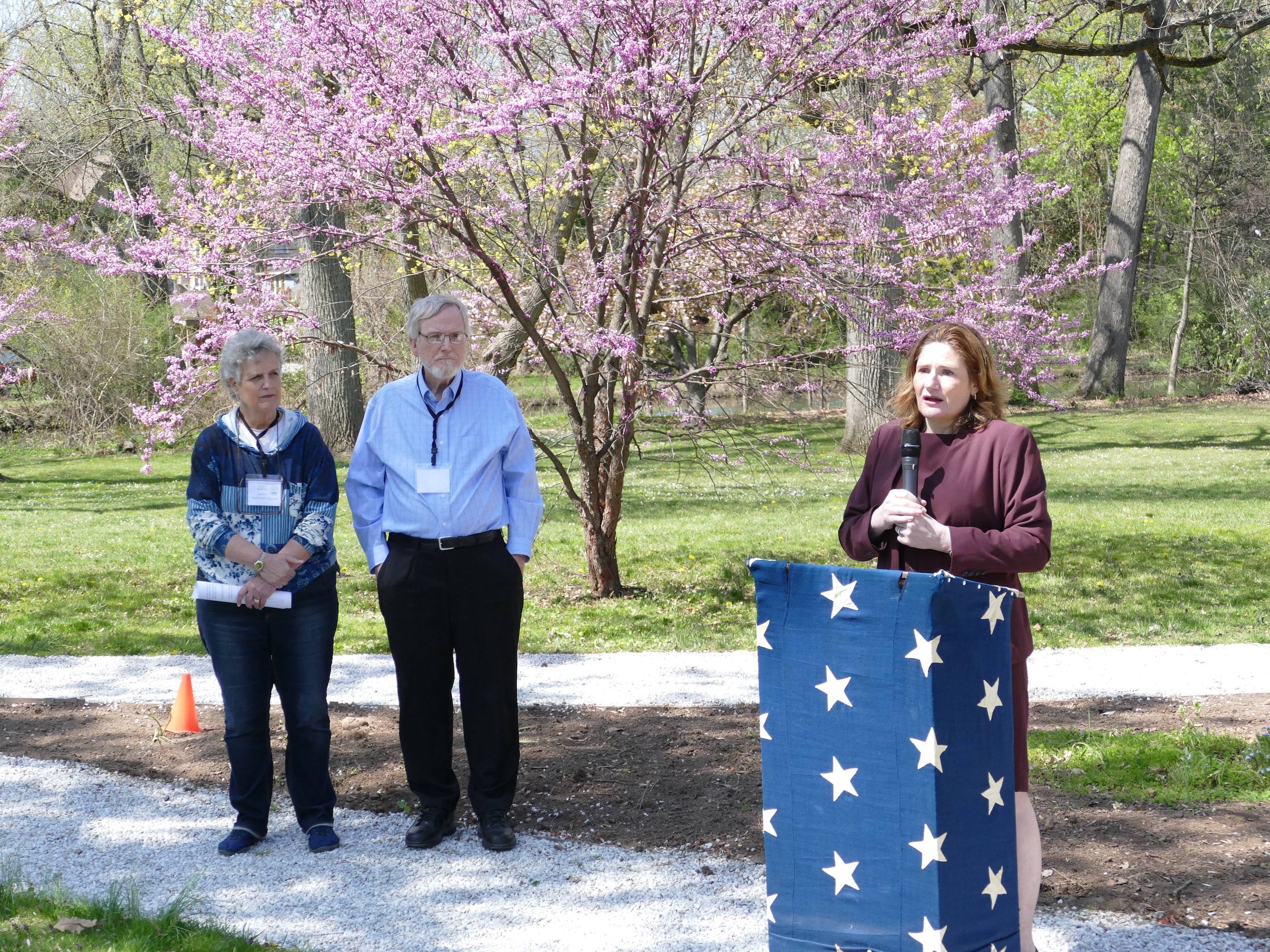


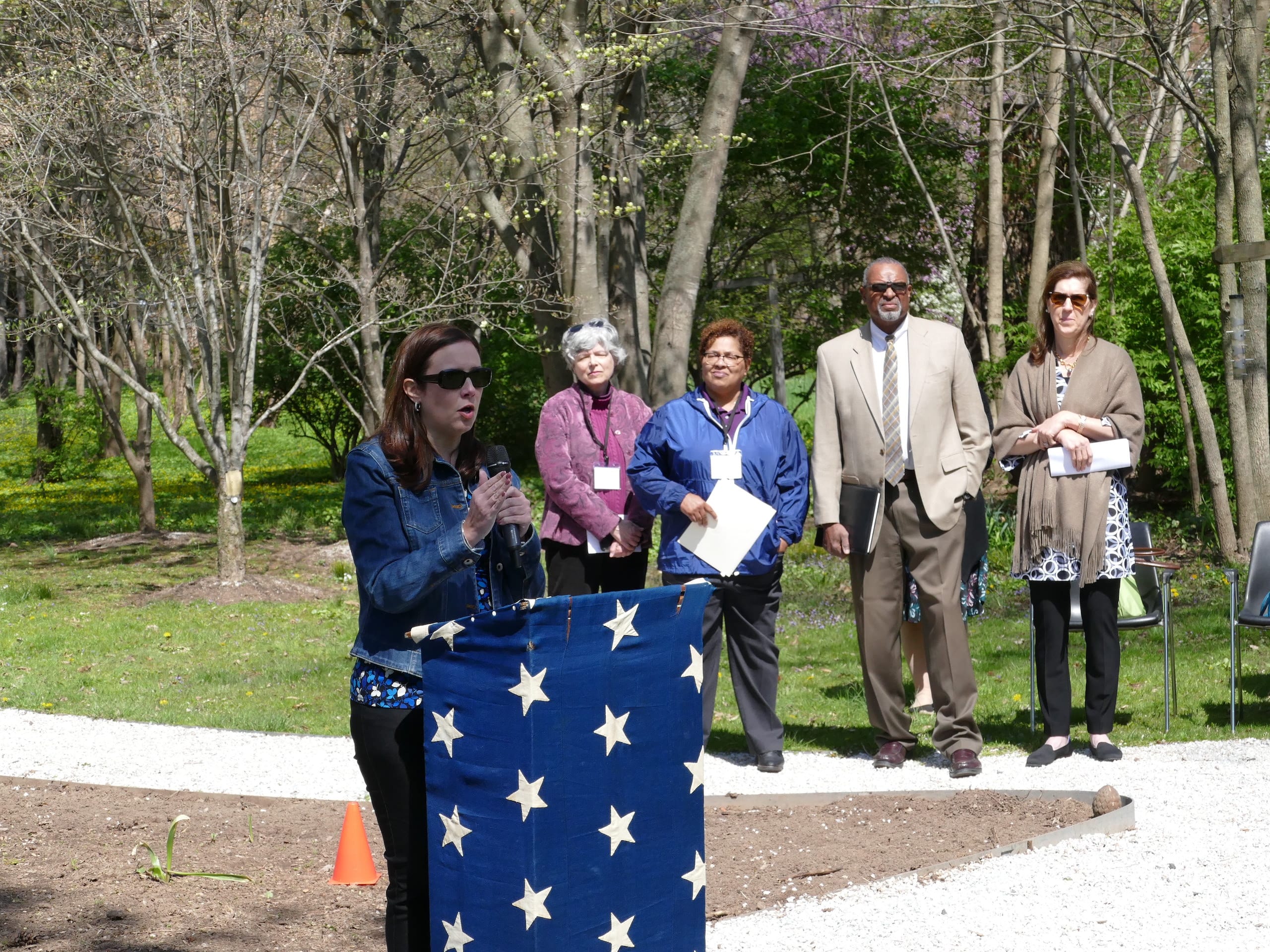
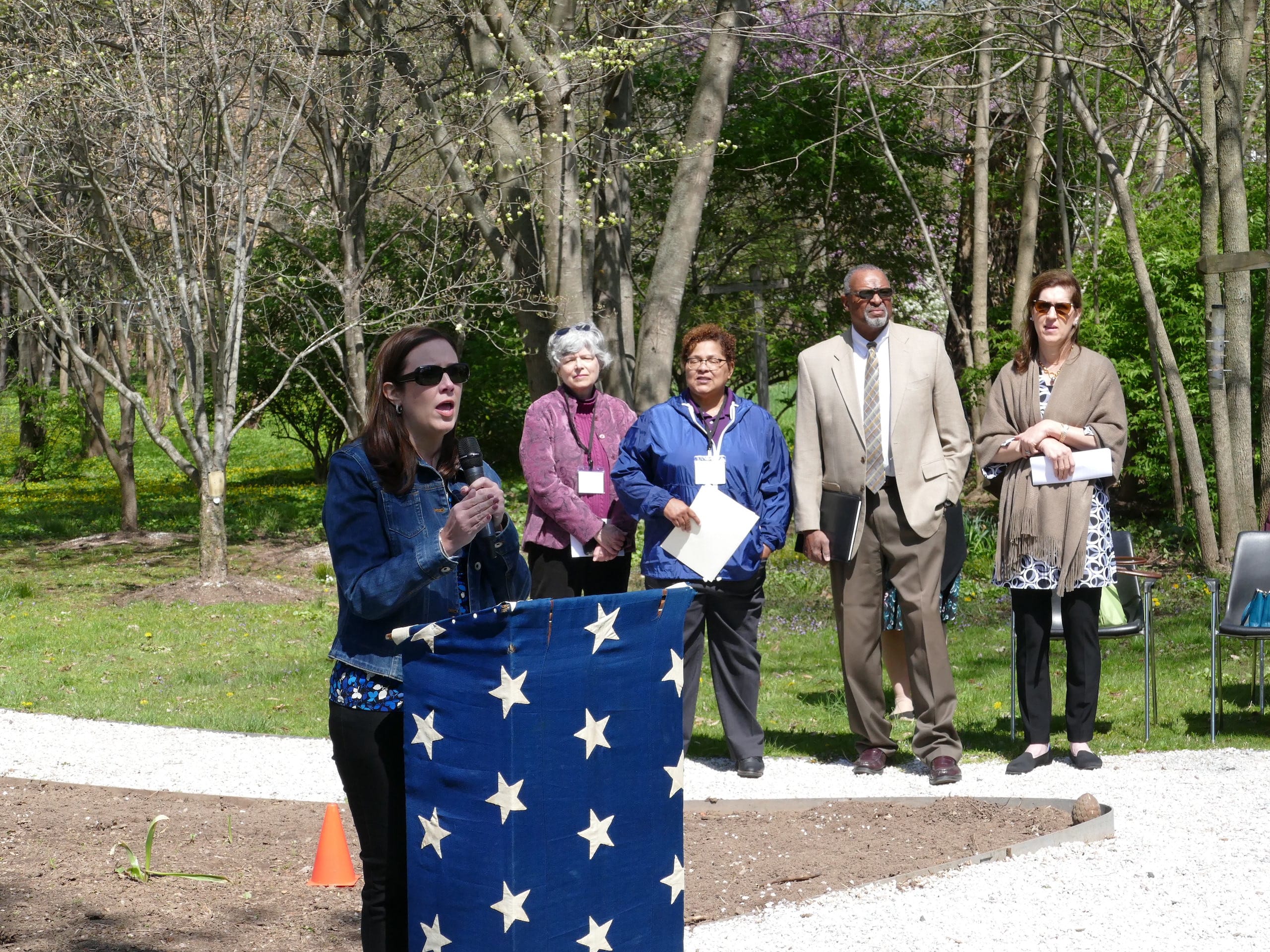
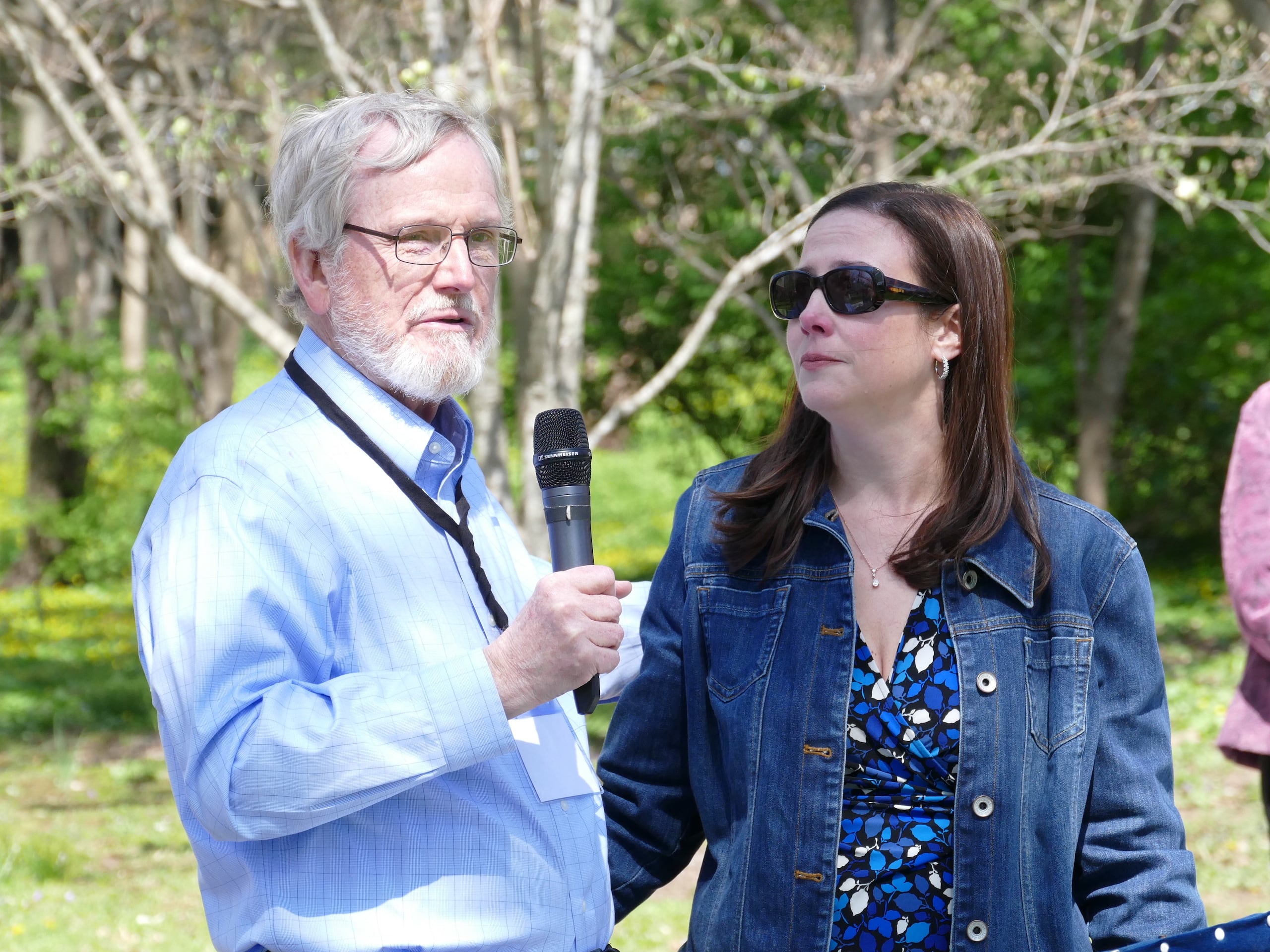
Please go to the next page for additional images.
Contact US!
Have a question? Suggestion?
Subscribe to Sharing Jan's Love Newsletter!
by Katie Kitamura
Today, I dove into “Audition” by Katie Kitamura, and I’m already hooked! This gripping novel explores a woman’s journey as she navigates what could be the performance of her lifetime—and perhaps even two. It’s both exhilarating and disorienting, much like a Möbius strip that challenges our understanding of the people we cherish. I can’t wait to see where this story takes me!
The narrative begins with two people meeting for lunch in a Manhattan restaurant. She is an accomplished actress in rehearsals for an upcoming premiere, while he is an attractive, troubled young man—young enough to be her son. What is his relationship to her, and how does she see him?
In this compulsively readable and brilliantly crafted novel, two competing narratives unfold, challenging our understanding of the roles we play in life – whether as partners, parents, creators, or muses – and revealing the truths that each performance conceals, particularly from those who believe they know us best.
Taut and hypnotic, “Audition” showcases Katie Kitamura‘s virtuosic writing at its finest.
Katie Kitamura is the author of four previous novels, most recently A Separation and Intimacies, which was longlisted for the National Book Award and the PEN/Faulkner Award and was a finalist for a Joyce Carol Oates Prize. She is a recipient of the Rome Prize in Literature, a Lannan fellowship, and many other honors, and her work has been translated into twenty-one languages. She teaches in the creative writing program at New York University.
When you purchase a book through one of my links, I earn a small commission that helps support my passion for reading. This contribution allows me to buy even more books to share with you, creating an incredible cycle of discovering great reads together! Your support truly makes a difference!
Enjoy a limited-time offer of 20% off your next book purchase at Bookshop.org!
by Kaveh Akbar
Today, I started reading “Martyr! A Novel” by Kaveh Akbar, one of the five finalists for the 2024 National Book Award for Fiction, I have read. This is also the 79th book I have read this year, surpassing my record from last year. Kaveh Akbar‘s “Martyr!” is a tribute to our pursuit of meaning in faith, art, ourselves, and others. The story follows Cyrus Shams, the newly sober, orphaned son of Iranian immigrants.
He is guided by the voices of artists, poets, and kings as he embarks on a search for a family secret, which leads him to a terminally ill painter living out her final days in the Brooklyn Museum.
Cyrus Shams, our protagonist, grapples with an inheritance of violence and loss. His mother’s tragic death and his father’s limited life in America have left him with scars. He’s a drunk, a person with a substance use disorder, and a poet, but above all, he’s a human being on a journey of self-discovery. His fascination with martyrs leads him to explore the mysteries of his past, including his uncle’s inspiring yet haunting role on Iranian battlefields and a painting that suggests his mother may not have been who or what she seemed.
“Martyr!” is a novel that’s not just electrifying and funny but also wholly original. It’s a testament to Kaveh Akbar‘s unique storytelling and heralds the arrival of an essential new voice in contemporary fiction. Get ready to be captivated by his narrative prowess.
When you purchase a book through one of my links, I earn a small commission that helps support my passion for reading. This contribution allows me to buy even more books to share with you, creating an incredible cycle of discovering great reads together! Your support truly makes a difference!
by Elena Ferrante
Today, I delved into Elena Ferrante‘s captivating novel My Brilliant Friend. This acclaimed book hailed as the #1 Book of the 21st Century by the New York Times, weaves a timeless tale of the enduring bond between two women from Naples. With its rich character development and evocative historical setting, it stands alongside other character-driven works of literary fiction.
Beginning in the 1950s in a poor but vibrant neighborhood on the outskirts of Naples, Elena Ferrante’s four-volume story spans almost sixty years. The main characters, the fiery and unforgettable Lila and the bookish narrator, Elena, are bound by an enduring friendship that withstands the test of time and life’s challenges. This first novel in the series follows Lila and Elena from their fateful meeting as ten-year-olds through their school years and adolescence, evoking a sense of enduring connection and emotional resonance.
Through the lives of these two women, Ferrante weaves a compelling narrative of a neighborhood, a city, and a country undergoing profound transformation. These societal changes, in turn, also reshape the relationship between the two women, adding a rich layer of historical and cultural context to the story. This context will enrich your reading experience and provide a deeper understanding of the characters and their journey.
by Edited by Joanne B. Freeman
The Essential Hamilton: Letters & Other Writings, edited by Joanne B. Freeman, Professor of History and American Studies at Yale University, is a must-read in our times when a constitutional crisis is the watchword of our day. Compared to reading all 27 volumes of Hamilton’s writings, this book provides the essential texts that offer a clear understanding of both the revolutionary era, the debates over the constitution, Hamilton’s impact as Secretary of the Treasury, and his downfall and eventual downfall death in Weehawken.
Professor Freeman’s introductions and chronology help place the writings into a historical context.
The Essential Hamilton is one of four books that I purchased after my first One Day University class.
by Tatiana de Rosnay
Sarah’s Key by Tatiana de Rosnay is the untold story of the roundup of the Jews in Paris in July 1942. The novel focuses on how the French were complicit in rounding up thousands of Jews in 1942. It is also a reminder that we can never allow another genocide. I finished this book the day before Holocaust Remembrance Day, January 27, the date on which the Auschwitz-Birkenau concentration and death camp complex was liberated in 1945.
Ten-year-old Sarah is brutally arrested with her family in the Vel’ d’Hiv’ roundup, the most notorious act of French collaboration with the Nazis. But before the police come to take them, Sarah locks her younger brother, Michel, in their favorite hiding place, a cupboard in the family’s apartment. She keeps the key, thinking she will be back within a few hours.
Paris, May 2002: On Vel’ d’Hiv’s sixtieth anniversary, Julia Jarmond, an American journalist, is asked by her Paris-based American magazine to write an article about this black day in France’s past. Julia has lived in Paris for nearly twenty-five years and married a Frenchman, and she is shocked both by her ignorance about the event and the silence that still surrounds it.
The twin narratives of Sarah and Julia hold the first two-thirds of the book together and make it a page-turner. Sarah’s memory reminds us during the final third of the book and ensures that the complete story of the Vel’ d’Hiv’ roundup and its lasting impact are told.
As Goodreads describes the novel,
In the course of her investigation, she stumbles onto a trail of long-hidden family secrets that connects her to Sarah. Julia finds herself compelled to retrace the girl’s ordeal, from the terrible days spent shut in at the Vel’ d’Hiv’ to the camps and beyond. As she probes into Sarah’s past, she begins to question her own place in France and to reevaluate her marriage and her life.
Writing about the fate of her country with a pitiless clarity, Tatiana de Rosnay offers us a brilliantly subtle, compelling portrait of France under occupation and reveals the taboos and denial surrounding this painful episode in French history.
I highly recommend the book.
When you buy a book or product using a link on this page, I receive a commission. Thank you for supporting Sharing Jan’s Love blog.
by Paul Lynch
In 2024, I started my reading journey with the Booker Prize 2023 winner – Prophet Song, by Paul Lynch. The book presents a chilling and astonishing outlook of a nation sliding into authoritarianism while also painting a profoundly humane portrait of a mother’s struggle to keep her family together. I have not set a goal of the number of books to read in 2024, but this is an excellent first-day pageturner.
It all begins on a dark, rainy evening in Dublin when Eilish Stack, a scientist and mother of four, opens her front door to two officers from Ireland’s newly formed secret police. They are there to interrogate her husband, a trade unionist. Ireland is falling apart as the government is gradually turning towards tyranny. As her world crumbles and the people she loves disappear, Eilish faces the dystopian reality of her country. How far is Eilish willing to go to protect her family? And what, or who, is she ready to leave behind?
The Jan Lilien Education Fund sponsors ongoing sustainability and environmental awareness programs. Gifts made this month; I will match dollar-for-dollar. All donations are tax-deductible.
I receive a commission when you buy a book or product using a link on this page. Thank you for supporting Sharing Jan’s Love blog.
That was a great day! Lots of love!
Hugo, thank you for your friendship and support. It means a lot to me, especially this year.
On Celebrate Jan Day, you and Ana’s help with set-up and clean-up was crucial. Without your assistance, the event would not have been as successful.
I will never be able to thank you enough.